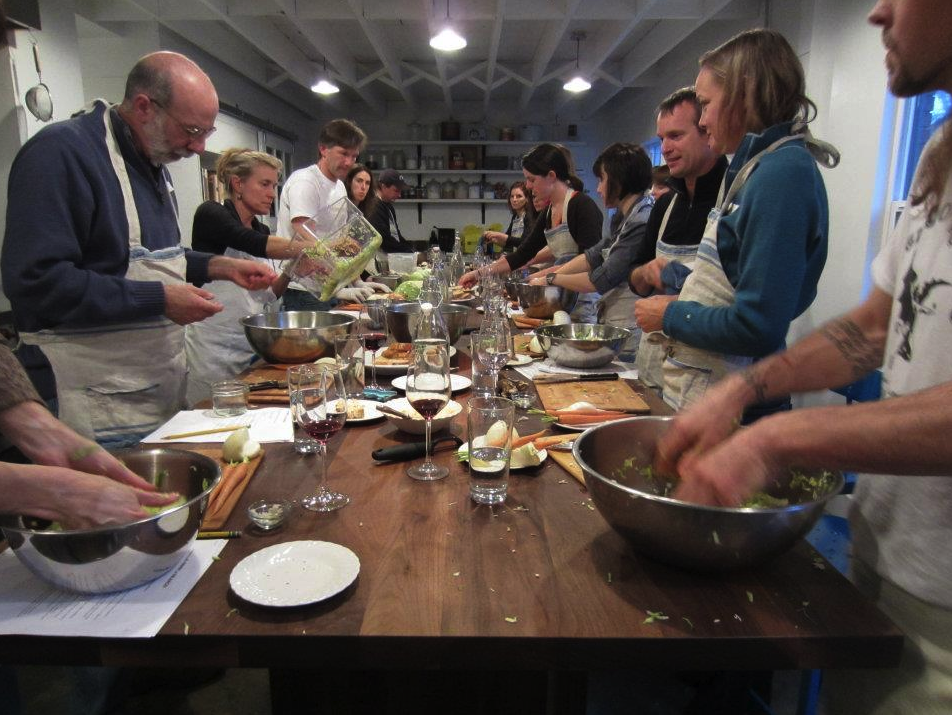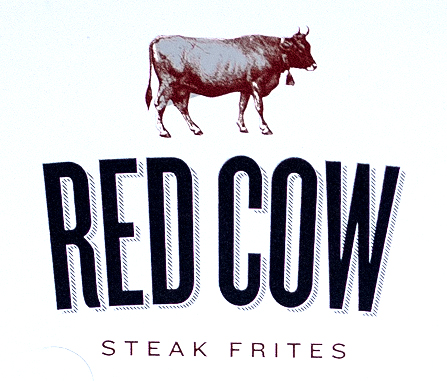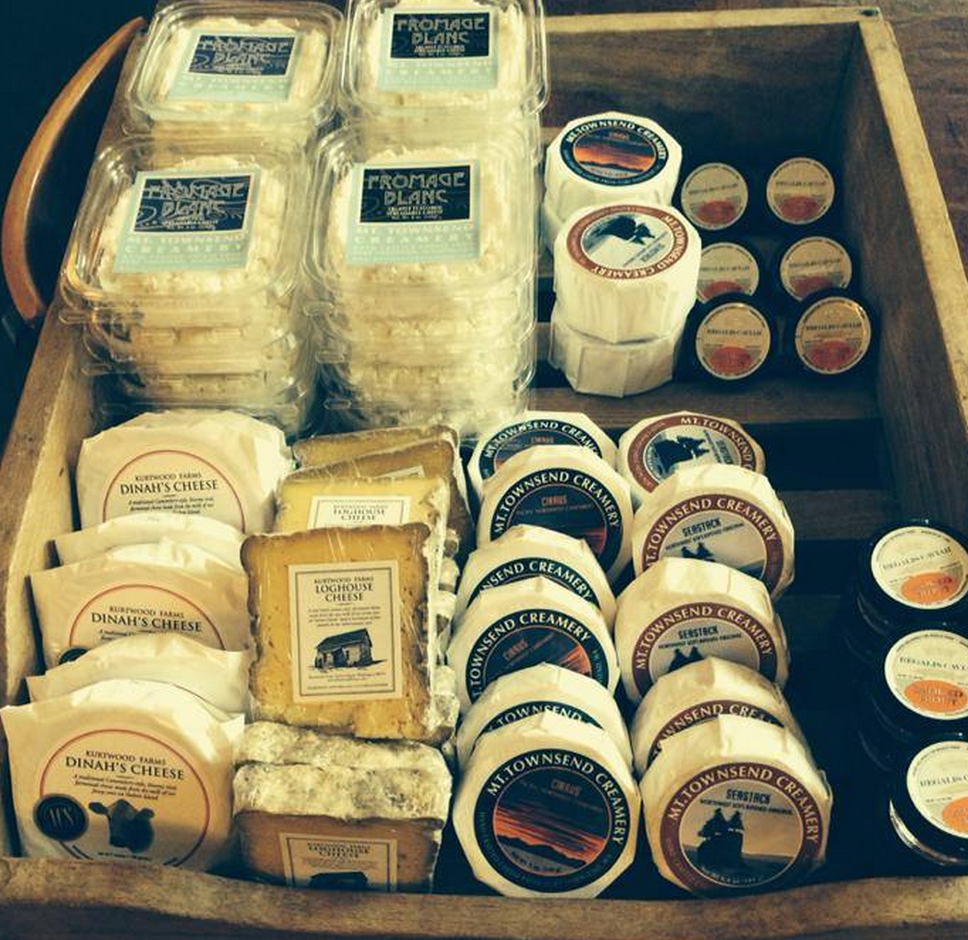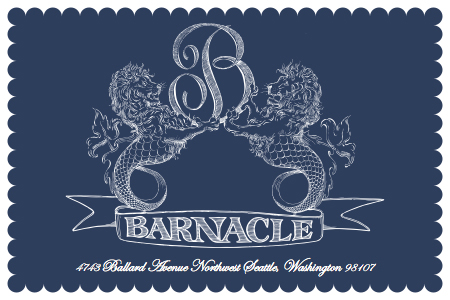For every trained chef working the line in Seattle, there are thousands more home cooks. Appealing to a range of students, from the canning- and pickling-obsessed to casual grillers, it’s clear that cooking classes should thrive in food-obsessed Seattle.
Cooking courses are one way to meet folks who also happen to be into fermentation or tuna canning in our shy city. It’s also comforting to make food around other people, and it’s easier for some cooks to learn by demonstration, rather than reading recipes on page or screen. But all of the above still don’t fully account for the raucous reception received by The Pantry.While the hype around most new businesses burns off after a few weeks or months, the Ballard-based cooking school and community kitchen is as much–if not more–of a hit as when instructors first started teaching students about “how to be a pie ninja” or“craft the perfect salad” when it opened two years ago.Classes ranging from basic knife skills to North Indian cooking are tailored to cooks from all backgrounds. There are also courses for kids, foraging field trips, and multi-day sessions centered on butchering whole hogs. “Everyone is working together on the same dishes, facing each other, right alongside the chef,” Pantry owner Brandi Henderson says. “This fosters a sense of camaraderie among the students and breaks down any separations between the students and the chef.”The Pantry was co-founded by Henderson, cooking instructor Olaiya Land, and Delancey’s Brandon Pettit. Henderson bought out Land’s shares in The Pantry last December, and while Land remains on the faculty roster she’s currently phasing out of teaching. Pettit now serves as a silent minority partner.Henderson attributes some of The Pantry’s success to luck, but being up on food trends helps. “Seattle is filled with foodies. I like to think, though, that our classes are popular because we choose topics that are young and current, rather than the typical ‘How to Throw a Julia Child Dinner Party’ that has been the norm for the past few decades,” Henderson says. “We also focus our classes on techniques, ratherthan recipes, and I think this resonates with the new generation of cooks that are craving skills over directions.”Everything from The Pantry’s ingredients to build-out materials were sourced locally, and Henderson estimates that more than half ofstudents in each class are regulars. “For me, that makes it feel very local.”Beyond last decade’s back-to-basics movement centering on jamming and charcuterie, Henderson enjoys offering classes focused on recreating notable restaurant meals. “This season we have a class on the Momofuku-style pork bun, and ramen was one of our most popular classes so far,” Henderson says.On top of being in the right place at the right time, The Pantry’s staying power is also tied to its unique aesthetic: Classes and occasional communal dinners are held in a white-washed back room anchored by a hearty central table. Accessed by a garden path, it’s the kind of place you feel like you stumbled upon and could just as easilybe in a kitchen inside a provencal farmhouse.She says The Pantry’s concept could translate to cities beyond Seattle, but not necessarily everywhere. “I think a version of the community kitchen could land anywhere, it would just be different to reflect the needs of its patrons. My original dream was to open a place like The Pantry in the south, where I’m from,” she says, “but I was too afraid that there just wouldn’t be a market for it.”These days, Henderson is researching how to launch a non-profit, philanthropic aspect of the business. “I’m not yet sure what form that will take, but I’m really excited for the chance to give back to the community that has been so welcoming to us,” she says.







